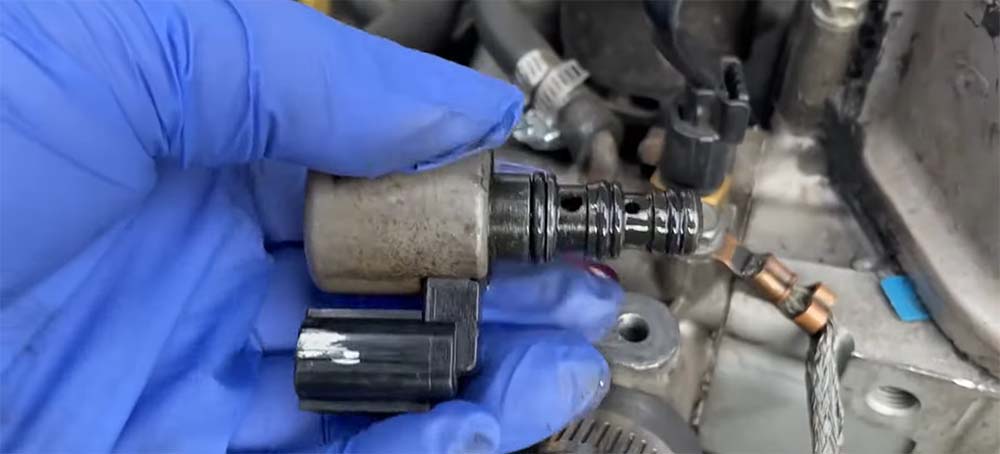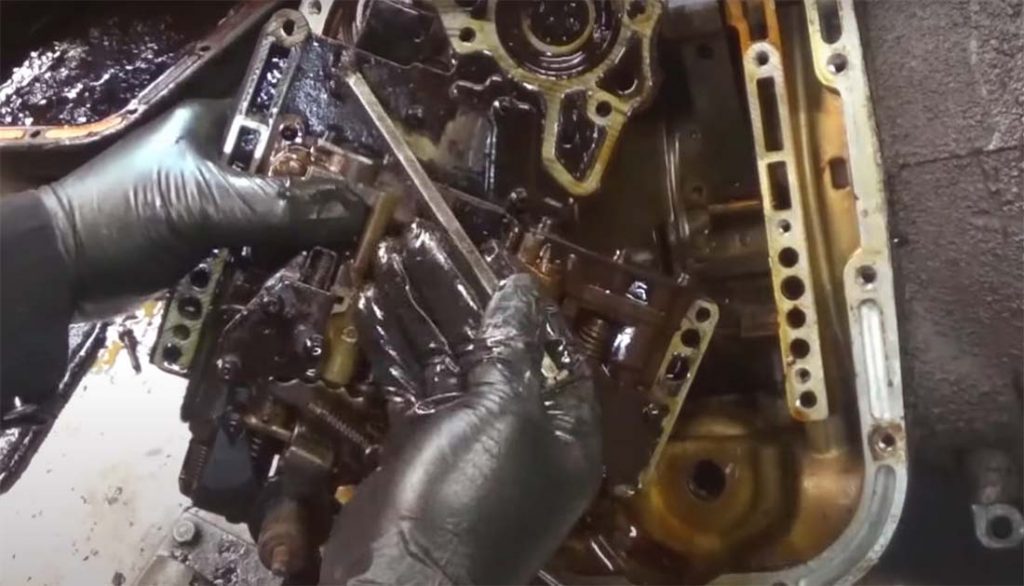The torque converter clutch solenoid emerges as an integral player within the intricate ballet of components that comprise automatic transmission vehicles. Its pivotal role facilitates a nuanced control over the hydraulic fluid, thereby dictating the engagement and disengagement of the torque converter clutch with precision. This component’s operation is not just about connecting two mechanical parts; it is about optimizing the transmission system for fuel efficiency while ensuring a seamless driving experience. It stands as a testament to the marvels of automotive engineering, marrying mechanical prowess with hydraulic intelligence to boost vehicle performance and efficiency.
Key Functions of the Torque Converter Clutch Solenoid
Delving deeper into the essence of the torque converter clutch solenoid reveals its multifaceted role in enhancing vehicle performance. Its primary function revolves around the regulation of transmission fluid flow, a task critical for the engagement and disengagement of the torque converter’s clutch. This process is paramount for the reduction of slippage during gear shifts, ensuring that the vehicle can transition smoothly between speeds without losing power. Furthermore, the solenoid’s operation contributes significantly to the vehicle’s fuel efficiency by optimizing the transmission’s hydraulic pressure, which in turn, minimizes the engine’s workload during acceleration and cruising. The nuanced control it offers over the torque converter’s lock-up mechanism exemplifies the advanced engineering that goes into modern automatic transmissions.
Locating the Torque Converter Clutch Solenoid
Nestled within the complex anatomy of the vehicle’s transmission system, the torque converter clutch solenoid finds its home. Typically, this component is strategically placed in the transmission’s valve body or secured to the transmission control unit, a location that underscores its significance in the vehicle’s operational matrix. This specific positioning within the transmission system makes it accessible for maintenance and replacement, albeit with a degree of technical knowledge and expertise. For those intrepid enough to embark on a diagnostic or replacement journey, a thorough understanding of the vehicle’s model-specific transmission layout is indispensable. This knowledge ensures that the solenoid can be reached and serviced effectively, without inadvertently compromising other critical components of the transmission system.

Symptoms of a Faulty Torque Converter Clutch Solenoid
The malfunctioning of a torque converter clutch solenoid manifests in symptoms that can significantly impact driving quality and vehicle performance. These symptoms serve as the vehicle’s cry for attention, signaling an underlying issue that requires immediate diagnosis and remediation:
- Erratic Gear Shifts: The vehicle may experience sudden, unexplained shifts in gear, or hesitate to shift gears when expected.
- Compromised Fuel Efficiency: A noticeable decline in fuel economy may indicate that the solenoid is not properly managing the torque converter’s lock-up, leading to increased slippage and engine load.
- Inability to Maintain or Change Gears: In severe cases, the vehicle might refuse to change gears altogether, rendering it stuck in a single gear.
- Transmission Overheating: Due to increased friction and inefficiency in the transmission system, the vehicle might exhibit signs of overheating, further risking damage to internal components.
Addressing these symptoms promptly can prevent the cascade of transmission issues that might follow, safeguarding the vehicle’s longevity and operational safety.
Replacing the Torque Converter Clutch Solenoid
The venture into replacing a torque converter clutch solenoid is marked by technical challenges and a demand for precision. This endeavor begins with the draining of transmission fluid, a precursor to the meticulous process of accessing the solenoid nestled within the transmission pan or valve body. The selection of a compatible replacement solenoid, tailored to the vehicle’s make and model, is crucial for restoring the transmission system to its peak performance. Although this task can be undertaken by those with mechanical aptitude and the proper tools, the intricate nature of the work and the potential for encountering model-specific hurdles suggest the value of professional expertise. A successful replacement not only revitalizes the transmission system’s efficiency but also reinstates the vehicle’s smooth operation and reliability.
Conclusion
The torque converter clutch solenoid stands as a bastion of automotive engineering, central to the performance and efficiency of vehicles with automatic transmissions. Its ability to regulate the flow of hydraulic fluid within the transmission system epitomizes the blend of mechanical and hydraulic engineering that drives modern automotive design. Acknowledging the symptoms of a failing solenoid and initiating timely interventions are paramount for maintaining the vehicle’s performance and ensuring a dynamic and efficient driving experience. With the solenoid’s critical role in the transmission system, its maintenance and replacement emerge as key considerations for vehicle owners and technicians alike, underscoring the importance of this component in the automotive landscape.

